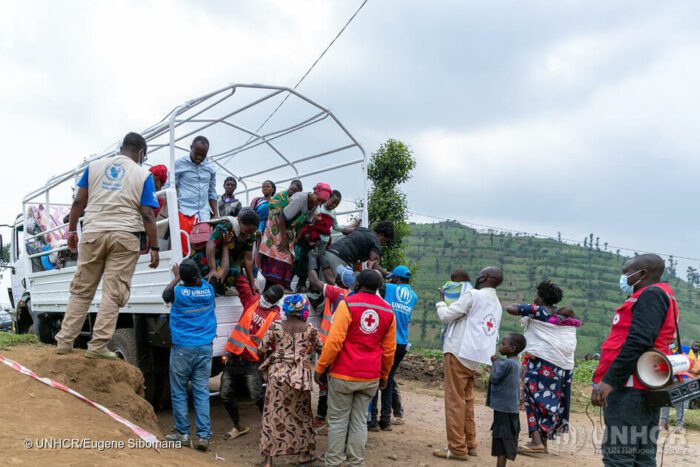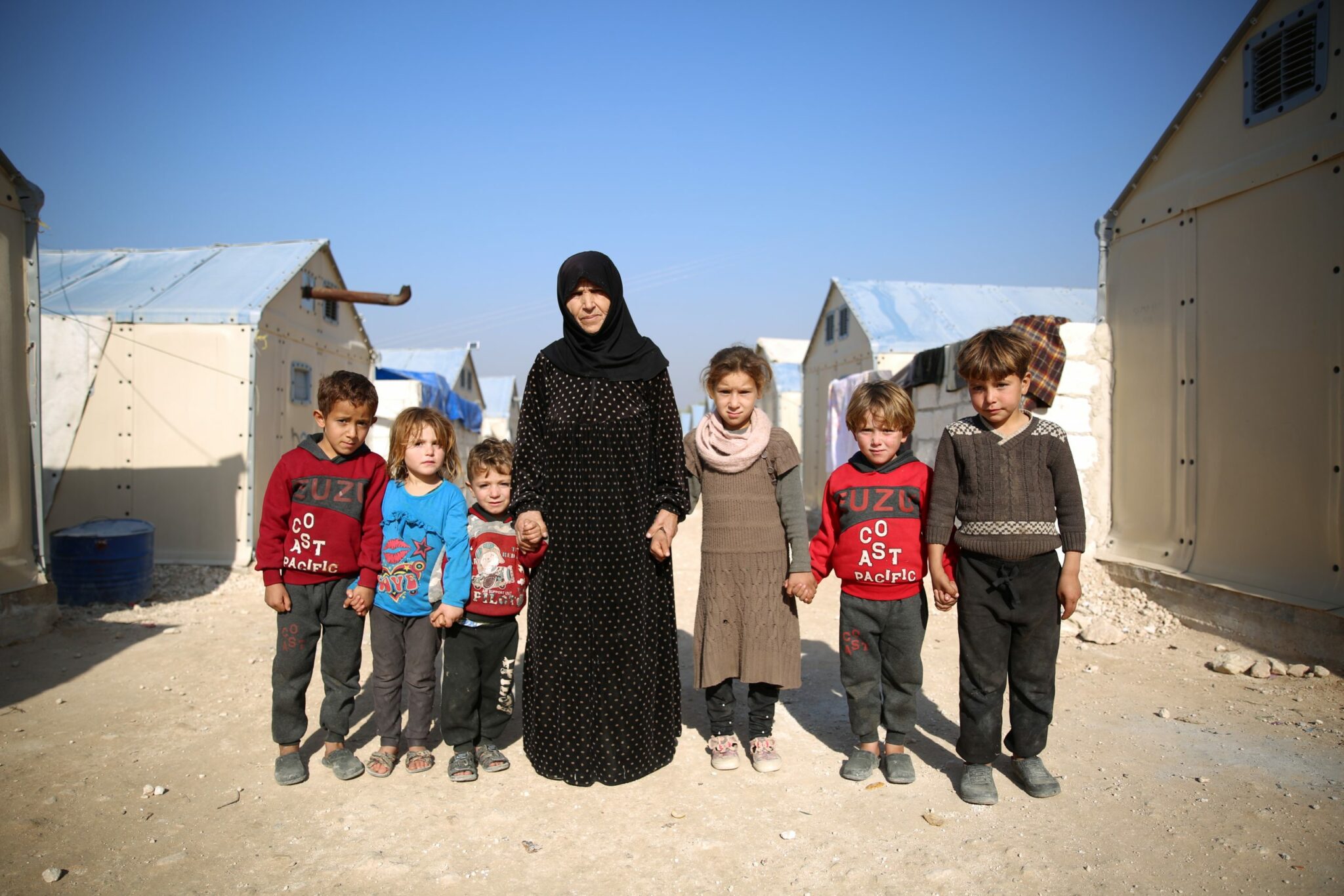The conflict in Syria continues to ravage the country and the needs of the population remain high. Humanitarian organisation ATAA Relief sought to set up a camp for displaced persons with the possibility to offer them a decent life, and reached out to the Better Shelter team.
As the Syrian conflict enters its tenth year, the needs for sheltering the affected population just keeps growing. According to UNHCR the estimated number of internally displaced people is at a shocking 6,2 million people, which roughly amounts to a third of the Syrian population.
In 2020, Syrian humanitarian organisation ATAA Relief contacted Better Shelter as they were looking to build a camp for displaced persons in the Jarābulus area on the Syrian-Turkish border. The aim of the project was to accomodate 182 families, all of which were in great need of a safe and dignified shelter solution that can withstand the harsh Syrian climate during both winter and summer.
Wishing to offer the families a decent life, the ATAA team planned the camp to be of a good standard. In order to achieve that goal, they planned for building a market, a garden and schools with spaces for child protection activities. Moreover, the team wanted to build protective fences for security and a sewage system that could handle the annual amounts of of rainfall in the region. The shelters were also planned to include isolation both internally and externally.
In order to help ATAA build the best possible camp for its inhabitants, the Better Shelter team shared the specifications of the Better Shelters with ATAA Reliefs skilled coordinators. Working together, the two teams were able to find the best implementation solution for the units, and further discuss how the Better Shelter units could contribute to meet the needs of the community and the geography of Jarābulus. Once the initial contact had been taken, ATAA shared the location of camp so that the Better Shelter team could take care of the shipping of the units.
When the units had arrived, the next step of the process was to train the field workers responsible for building the camp. Historically, these trainings have always been performed on site. However, as the COVID-19 pandemic continues to impede travelling, the trainings were carried out digitally by the Better Shelter team.
Moving into the implementation phase of the project, Better Shelter and ATAA Relief remained in close contact. When prepping the ground ahead of building the units, ATAAs team on the field gave a virtual tour of the area to receive feedback from the Better Shelter team. This gave them the chance to make certain alterations to the ground ahead of building the first unit to ensure the best possible result.
All in all, Better Shelter believes that this project very accurately describes how to best implement shelter solutions for displaced persons in larger camps. First and foremost, it is key that our humanitarian partners working both on the field and in the coordination offices are highly skilled and professional, as we can definitely attest ATAA’s team to be. Not only were they very organized and proactive in their project management, they were also very fast and detailed in working on the ground, resulting in a camp that offers displaced persons as much quality as possible in such a dire situation.
Moreover – in order to reach the best possible outcome for both end-user and humanitarian organisation, we also believe that the Better Shelter logistics and product development teams can be very valuable assets in the implementation process. The team has helped humanitarians all over the world build shelters in many different climates and geographies, and can therefore support both coordinators and ground teams in finding the best way to implement Better Shelters to fit the needs of displaced communities.
Thank you to ATAA Relief for a great cooperation, and well done on helping 182 Syrian families regain safety and a sense of stability!




